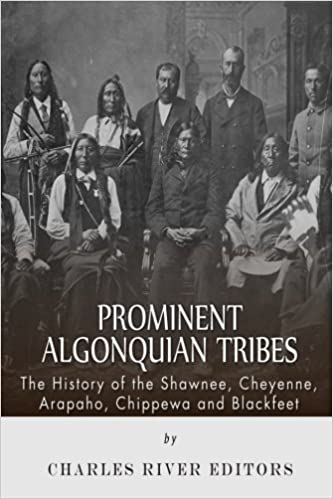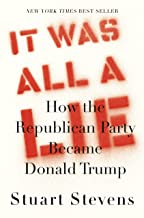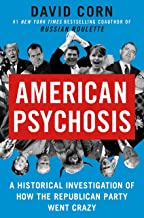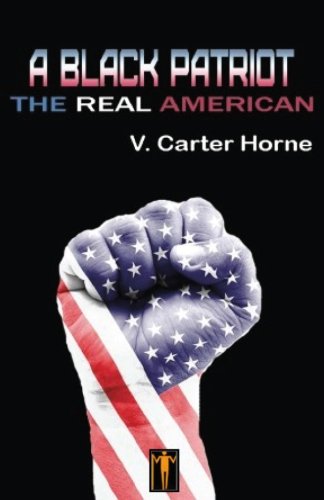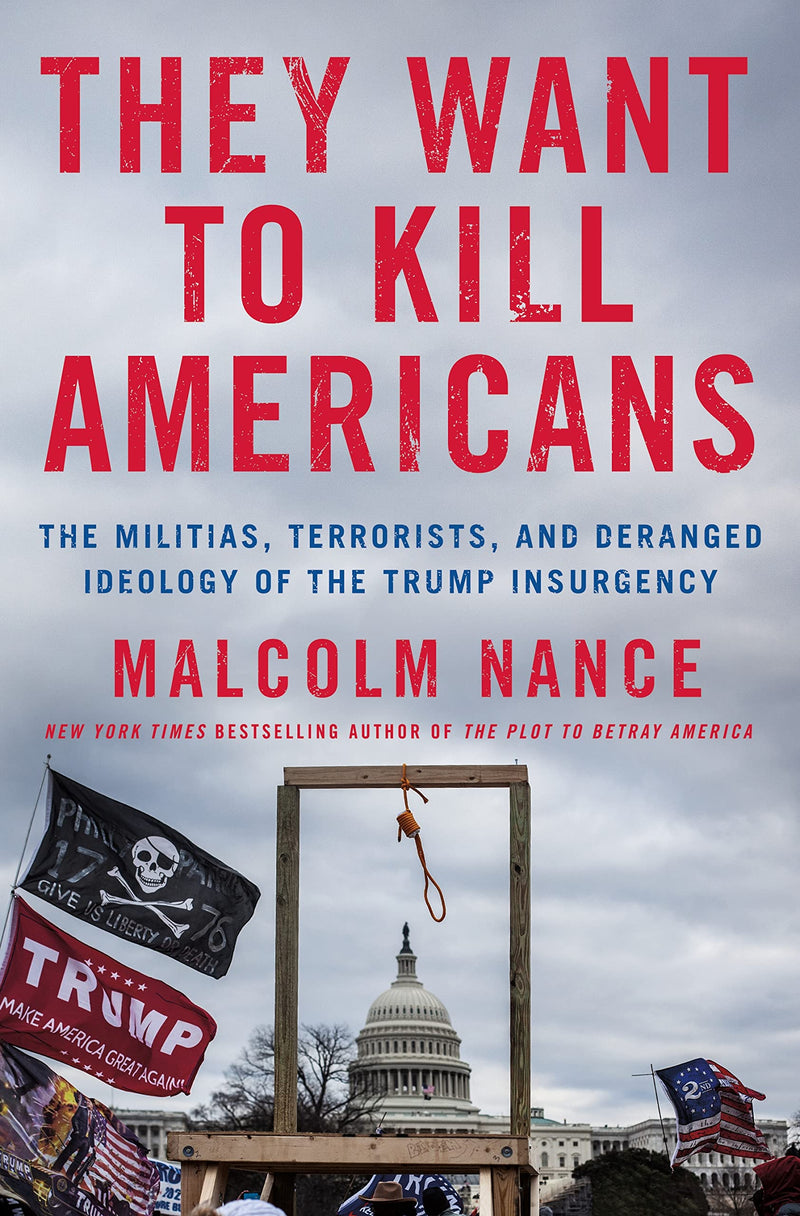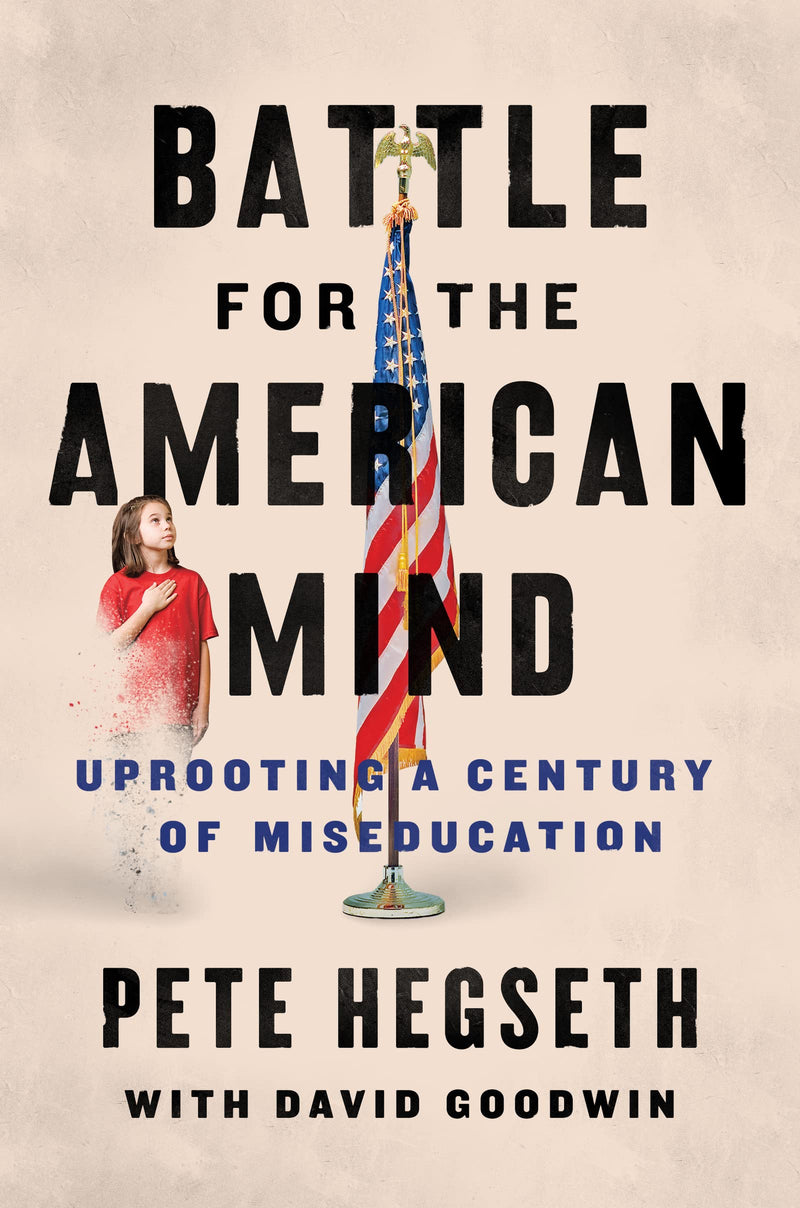*Includes pictures *Includes Curtis' quotes about his own life and career *Includes online resources and a bibliography for further reading *Includes a table of contents “If you know how to live in Vegas you can have the best time.” – Tony Curtis A lot of ink has been spilled covering the lives of history’s most influential figures, but how much of the forest is lost for the trees? In Charles River Editors’ American Legends series, readers can get caught up to speed on the lives of America’s most important men and women in the time it takes to finish a commute, while learning interesting facts long forgotten or never known. At the height of Hollywood’s “golden age” of the 1940s through the early ‘60s, many of the industry’s brightest stars could boast of unique stories describing how they were discovered. Their distinctiveness as on-screen personalities was an important part of that stardom, but one unlikely actor, a mismatch of contrasts, dialects, looks, and personal behavior, was to become an icon of the age, revered and disdained, but in the end, fondly remembered by the movie industry and fan base. Tony Curtis was, in the beginning, considered by most of his colleagues as a hack actor, but in time, one who took it upon himself to develop into a true screen artist. At his height as a matinee idol, Curtis was blessed with “piercing blue eyes and good looks,” a physicality described by the New York Times as “classically handsome.” He was to set a new criteria in place for male beauty in his era, a “feminized” but rugged heroism, able to portray grisly scenes with a “pretty boy” appearance, then immediately turn ”cute” and excel in light comedy








